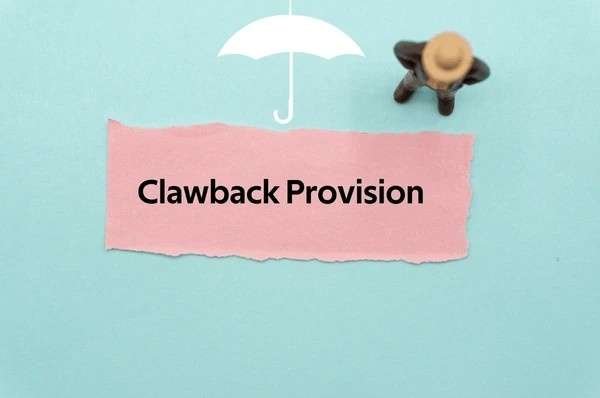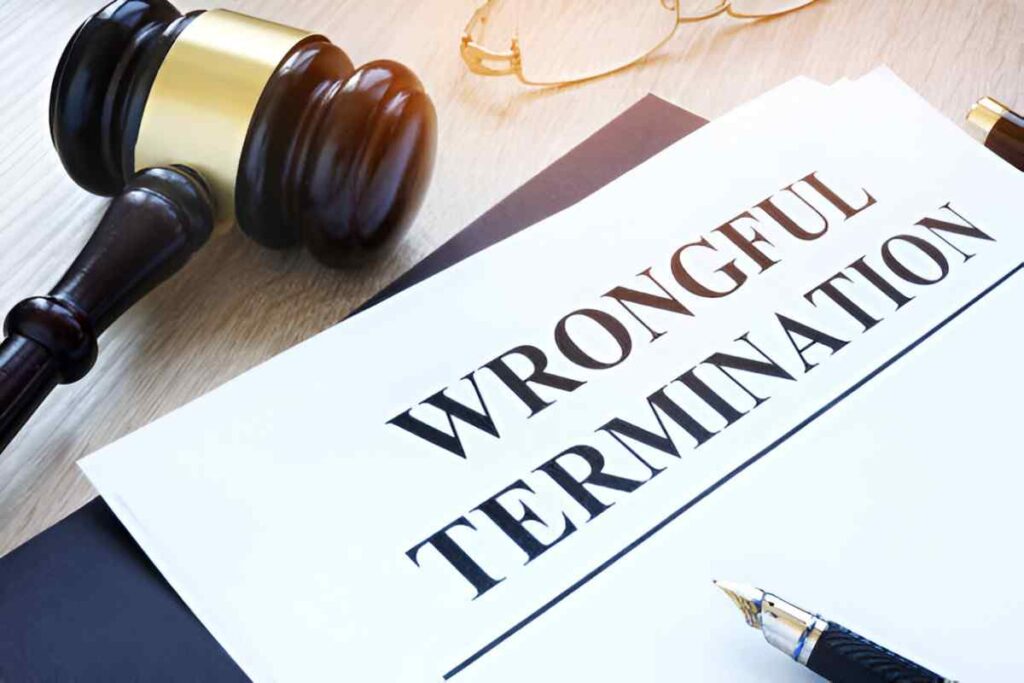In the realm of finance and business, clawback provisions play a critical role in ensuring accountability and managing risks associated with executive compensation and financial reporting. This article explores what clawback provisions are, their significance in corporate governance, and provides examples to illustrate their application.
Table of Contents
What are Clawback Provisions?
Clawback provisions are contractual clauses or legal mechanisms that allow a company or organization to recover incentive-based compensation from an employee under certain circumstances. These provisions are typically designed to address situations where financial results or other performance metrics were misstated, misrepresented, or achieved through fraudulent means, leading to inflated payouts to executives or employees.
Importance of Clawback Provisions
Understanding the importance of clawback provisions is crucial for several reasons:
- Risk Management: Clawbacks help mitigate risks associated with financial misstatements or misconduct that could lead to unwarranted bonuses or incentives.
- Accountability: They promote accountability among executives and employees by aligning compensation with actual performance and ethical standards.
- Regulatory Compliance: Clawback provisions are often mandated by regulations to ensure companies adhere to transparency and accountability in financial reporting.
How Clawback Provisions Work
The implementation of clawback provisions typically follows these principles:
- Triggering Events: Clawback provisions are activated by specific events, such as financial restatements due to fraud or errors, misconduct, or failure to meet performance targets.
- Recovery Mechanism: Once triggered, the company initiates the process to recover all or a portion of the compensation previously awarded to the affected executives or employees.
- Legal Framework: Clawback provisions may be included in employment contracts, incentive plans, or corporate governance policies. They must comply with legal requirements and regulations governing executive compensation.
Example of Clawback Provisions
Let’s illustrate with an example scenario:
- Scenario: XYZ Corporation sets performance targets for its executives based on revenue growth over the fiscal year. CEO A is awarded a substantial bonus based on reported revenue figures.
- Discovery: Later, it is discovered that the revenue figures were overstated due to accounting errors.
- Trigger: As per the clawback provision in CEO A’s employment contract, the board of directors initiates a clawback to recover a portion of the bonus paid to CEO A, reflecting the overstated revenue.
- Recovery: CEO A is required to repay the excess bonus amount, aligning their compensation with the revised, accurate financial performance of XYZ Corporation.
Conclusion
In conclusion, clawback provisions are essential tools in corporate governance aimed at maintaining integrity in financial reporting and accountability among executives and employees. By enabling companies to recover incentive-based compensation under specific conditions, clawback provisions contribute to ethical conduct, regulatory compliance, and risk management. Businesses and organizations benefit from implementing robust clawback policies to safeguard against financial misstatements and misconduct, thereby fostering trust and transparency in their operations.
In summary, clawback provisions are critical mechanisms that ensure accountability and align compensation with actual performance in corporate environments. Understanding their role and application helps maintain ethical standards and regulatory compliance while mitigating risks associated with financial misstatements or misconduct.





